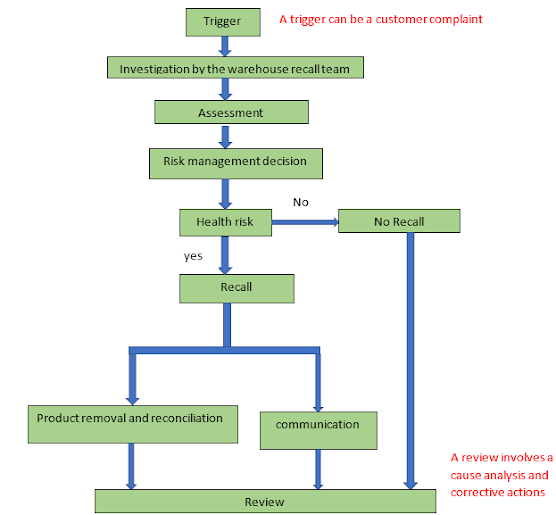Nonconformity Procedure for Warehouse Handling Food Products

Keywords Root cause analysis In the aspect of food quality, root cause analysis is an organized process of identifying the root causes ( underlying factors that caused a deviation) of a quality problem and detailing ways of handling it. It aims at finding ways of preventing a reoccurrence of the identified problem. Deviant products Products that do not fulfill a specific or a set of requirements by a client or a regulatory body. The requirements can be a stated need or expectation. Specification Any requirement that a product, process, service, or other activity must fulfill. Nonconformity A nonfulfillment of a defined, or a specified product requirement. Introduction A nonconforming product is simply a product that deviates from a set standard, specification, or expectation. In terms of quality standards, these products are potential risks to food safety and can lead to adverse health effects to the consumer. Nonconforming produ...

